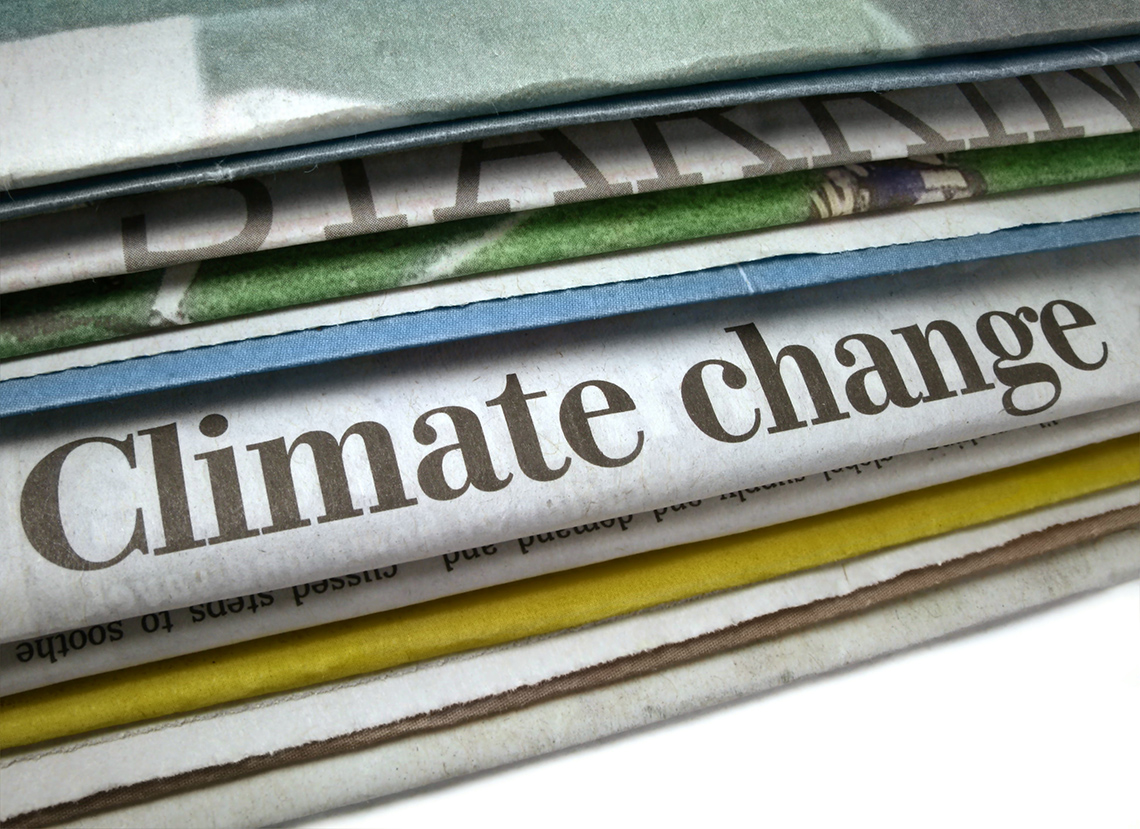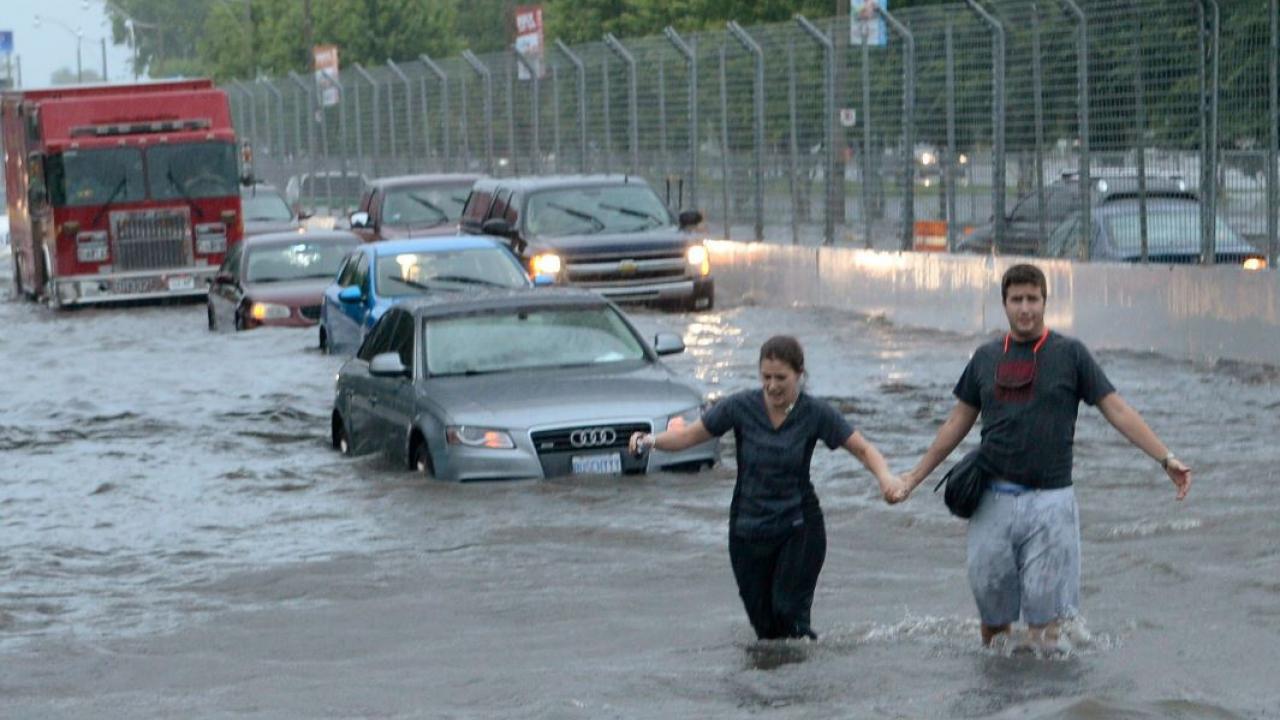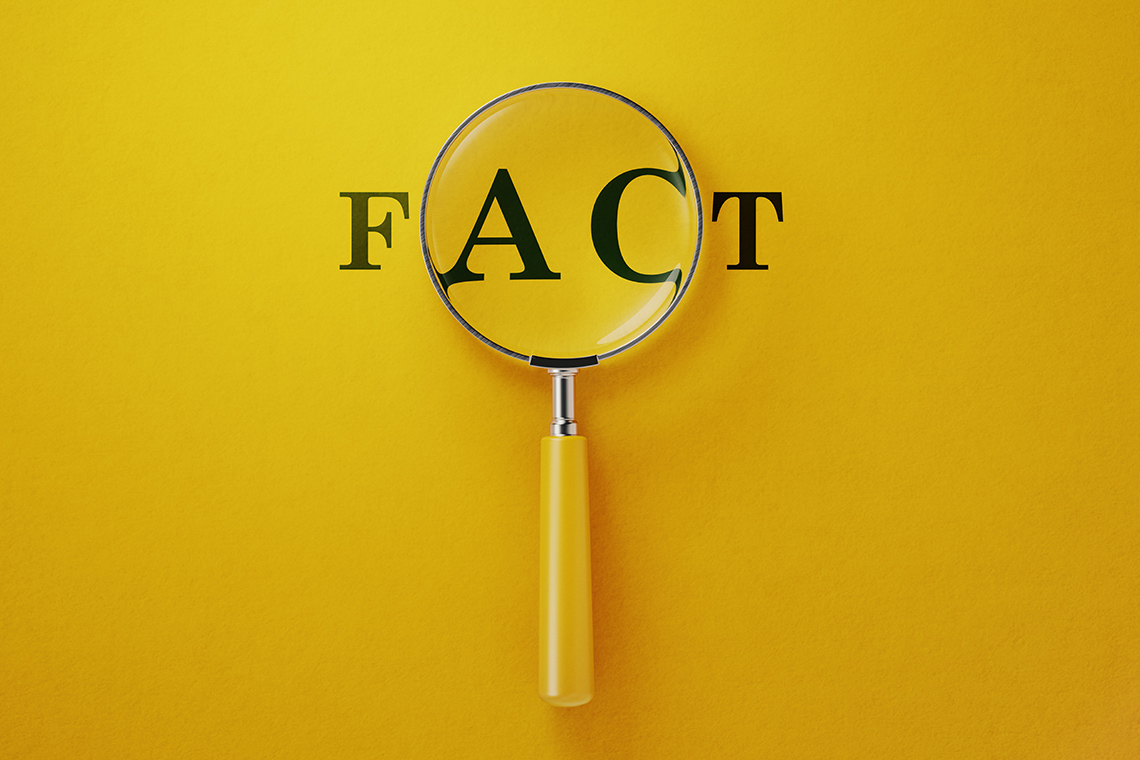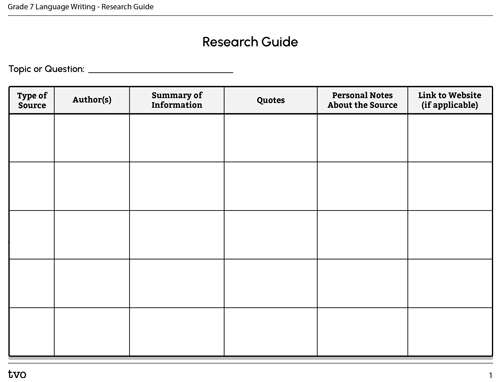Minds On
Finding reliable information

In this learning activity, you will learn about giving credit to your sources. Learning how to research, organize, and cite your sources properly is critical to becoming a great writer.
Although we will focus on practising an important writing skill, we will be centering our writing process around the topic of climate change.
Test Your Skills!
KWL chart
Complete the KWL Chart in your notebook or use the following fillable and printable document to record your ideas about climate change. Complete the What I know and What I am Wondering columns in the chart. Save the What I learned column for later. Use the guiding questions under each section to help you generate ideas. Complete this chart first independently. Then, if possible, share your ideas as a group, and exchange knowledge that you already have.
| K- What I Know | W – What I am WONDERING | L - What I Learned |
|---|---|---|
|
What is climate change? What are the causes? What are the effects in different places in the world? How else have you heard about climate change that you know is true? Consider the What I Know questions. What are some unanswered questions? |
Consider the questions in the What I Know column. What are some unanswered questions? |
(save for later) |
Press the ‘Activity’ button to access KWL Chart.
Digging further into the facts
To get us thinking further about climate change and to spark more questions, access the following video entitled “Solving Climate Change: A Blueprint.” When exploring the video, feel free to add to the What I am Wondering and What I Learned columns of your KWL chart.
You may have added some facts into the first column of the chart. Consider the following questions:
- Do you know where these facts came from?
- How do you know the facts written are reliable?
- How could you validate the facts that have been shared today?
Action
Gathering evidence
In this writing task, you will address a question specifically related to climate change. Your focus will be on gathering evidence and using a graphic organizer to track your findings.
It can be easy when researching for a project to “get lost in the links.” You may have many different websites open with lots of information, but not know where to begin. You can use a table that will help you with this process.

Part 1: Choose a question to explore
We will start with an inquiry question. An inquiry question should be open-ended. There is not just one answer to the question. It should also have no clear answer. There are multiple sources that provide different reasons/answers to the question, and there are many factors affecting what the answer might be.
Choose a question related to climate change from the following list or create your own. This will be your starting point.
- How does the ice melting in Antarctica change the oceans?
- How might climate change affect the city that I live in?
- What is the link between CO2 and climate change?
- What actions do we need to take today to slow or even stop the impacts of climate change?
- What are some realistic alternatives to fossil fuels and why are they more sustainable?
Develop your own question
Start with the What I am Wondering column of your KWL chart. Search for questions that you wrote down that do not have an immediate answer. For example, a question with an immediate answer is: How much CO2 is produced by fossil fuels every year? (The answer is roughly 37.1 Gigatonnes).
However, you can transform this question into an inquiry question, and use the same strategy for one of your own questions. To do this, dig deeper into the question and think about the underlying causes. For example, you could ask: Why do some countries use less fossil fuels than others?
This question, though still related to fossil fuel output, is now going to be more interesting to investigate because it can be answered from a lot of different perspectives.
Part 2: Conduct your research
Once you have chosen your question, you are going to conduct research to find information that will lead you to an answer. But what exactly does “conducting research” look like? Complete the Research Guide in your notebook or use the following fillable and printable document to help organize your findings.
- Start with a list of places where you can begin your search. This can go beyond Google. If possible, consult with your teacher to learn about resources you can use.
- Search keywords from your question. When you find an article, video, book, or other kind of source, have your research guide open.
- Fill in the “summary” section as you go and add any quotes or facts that illustrate the point being made.
- After going through the text, write your own opinion about it. How does the information you have gathered help you to answer the question?
Reflect
- Which strategy did you find most effective to begin your research?
- Which strategy helped you research most effectively?
- What strategy did you use to determine you had completed your research?
Consolidation
Citing sources
Read through the article provided and answer the following questions.
You will now access the article, “What Climate Change Has in Store for Ontario.”

Press tvo today to access What climate change has in store for Ontario.
tvo today (Opens in a new tab)- What are three key points from this article?
- Create a list of the sources used throughout this article.
- How did the information from the sources help improve the point this article was trying to make?
- Why is it important to credit sources for information?

Reflection
As you read the following descriptions, select the one that best describes your current understanding of the learning in this activity. Press the corresponding button once you have made your choice.
I feel...
Now, expand on your ideas by recording your thoughts using a voice recorder, speech-to-text, or writing tool.
When you review your notes on this learning activity later, reflect on whether you would select a different description based on your further review of the material in this learning activity.
Press ‘Discover More’ to extend your skills.
Discover MoreCompiling a bibliography
With your research graphic organizer finished, you can now use it as a starting point for a full essay or multi-paragraph writing piece about your chosen topic. You can also use your KWL chart as a reference, but remember that any facts from the chart should be backed up by a source.
Giving credit
How do you give credit to something in a piece of writing? There are a lot of different methods that people use, depending on several factors. The common element is that most texts will have a bibliography, which is a list at the end of a text listing all of the sources used.
Consider using this format when filling in a bibliography:
(1) Author Last Name, Author First Name. (20XX). Title of the Text. Name of Publisher or Website, pages 1 – X. <link to website here>.
When you add information into your writing, one strategy can be to use numbers to keep track of additional information. For example, if we were referencing something from the example bibliography above, we might end our sentence with the number (1).
If possible, consult with your teacher about which method of referencing you are going to use. The key is to make the effort to include a reference and give credit where credit is due.
